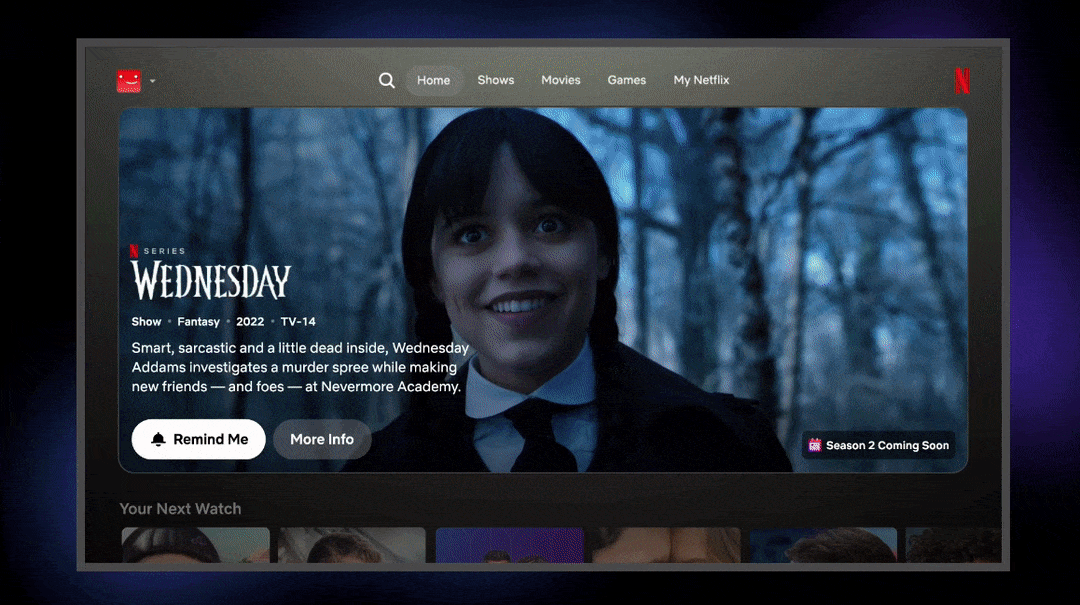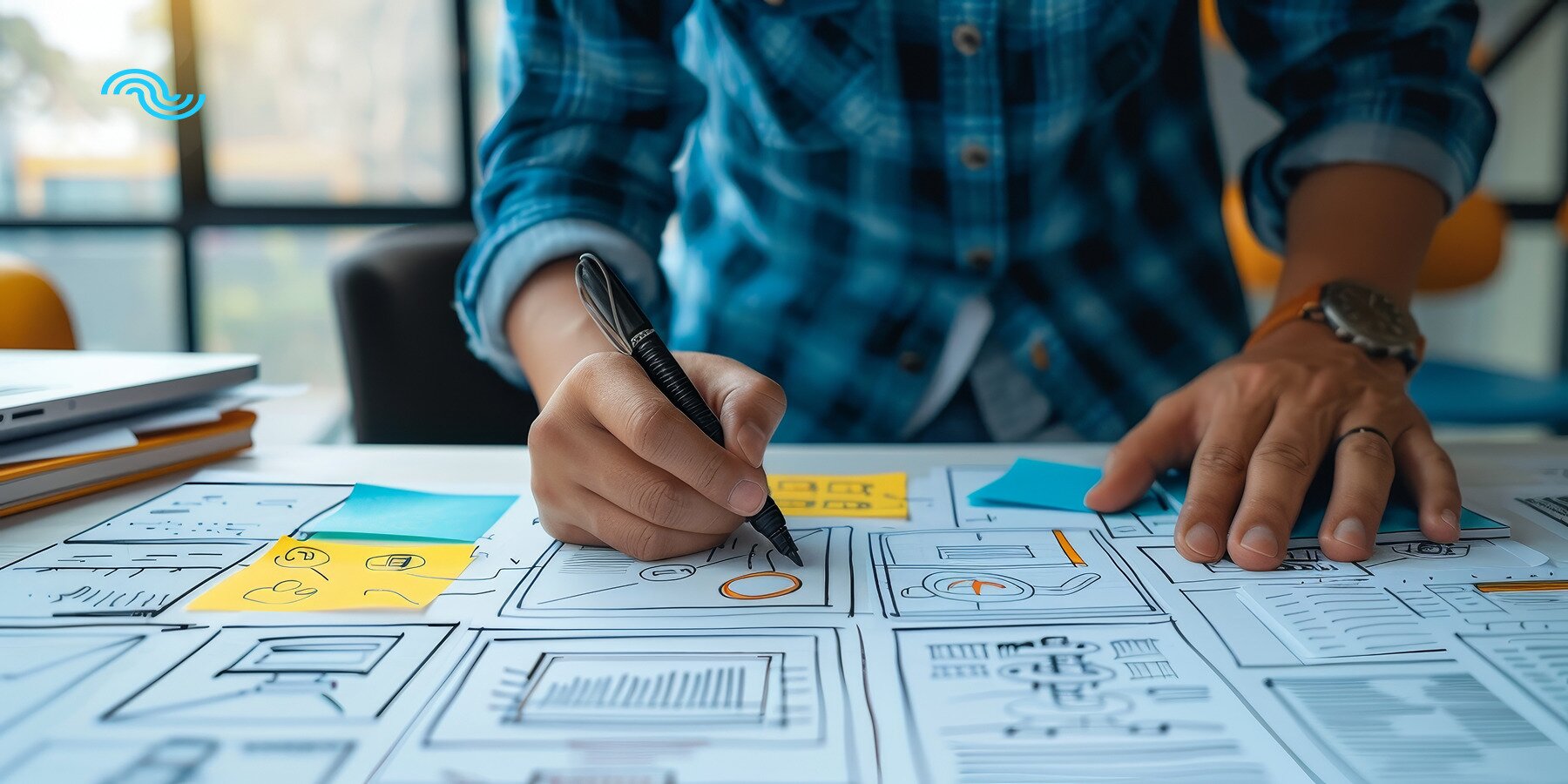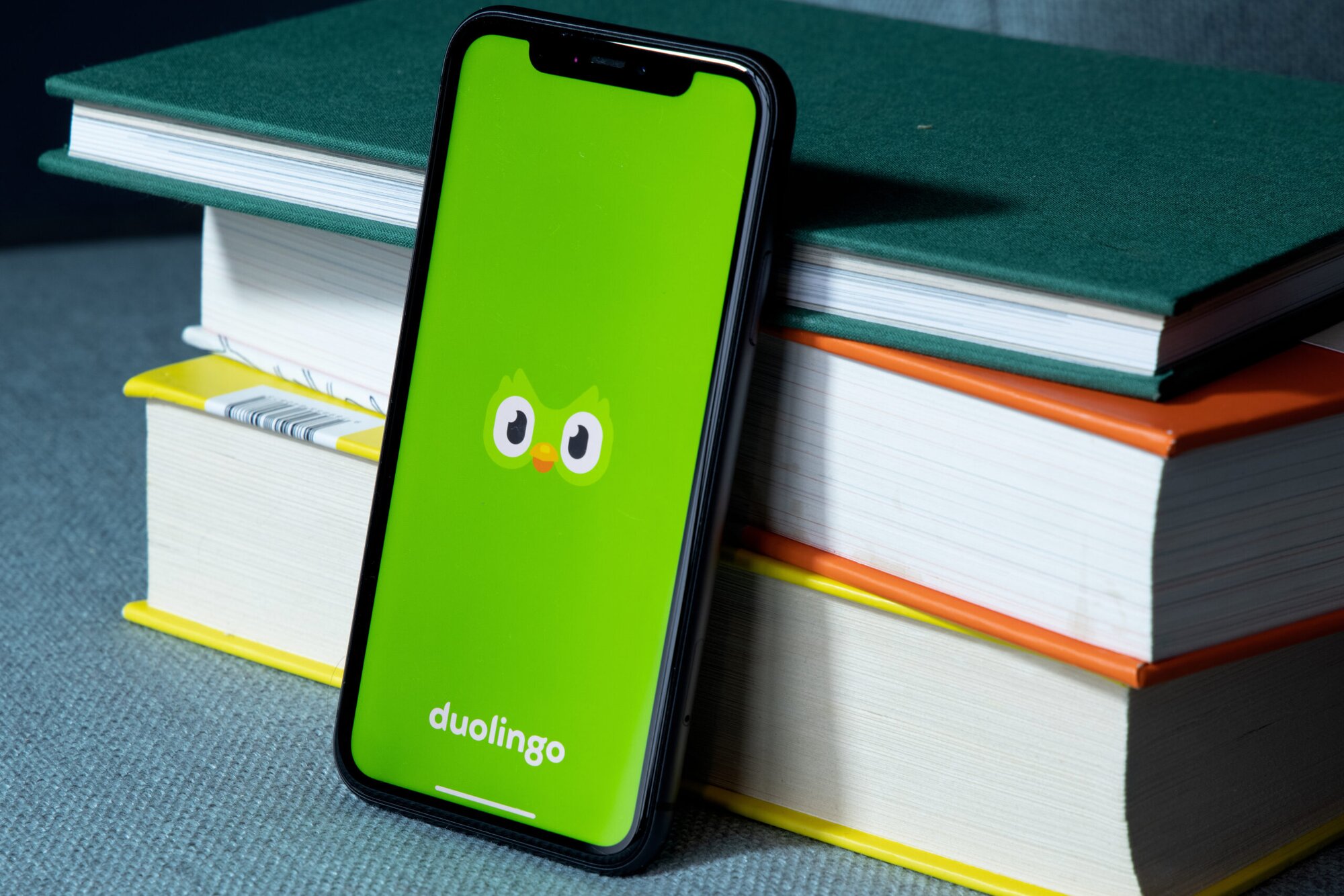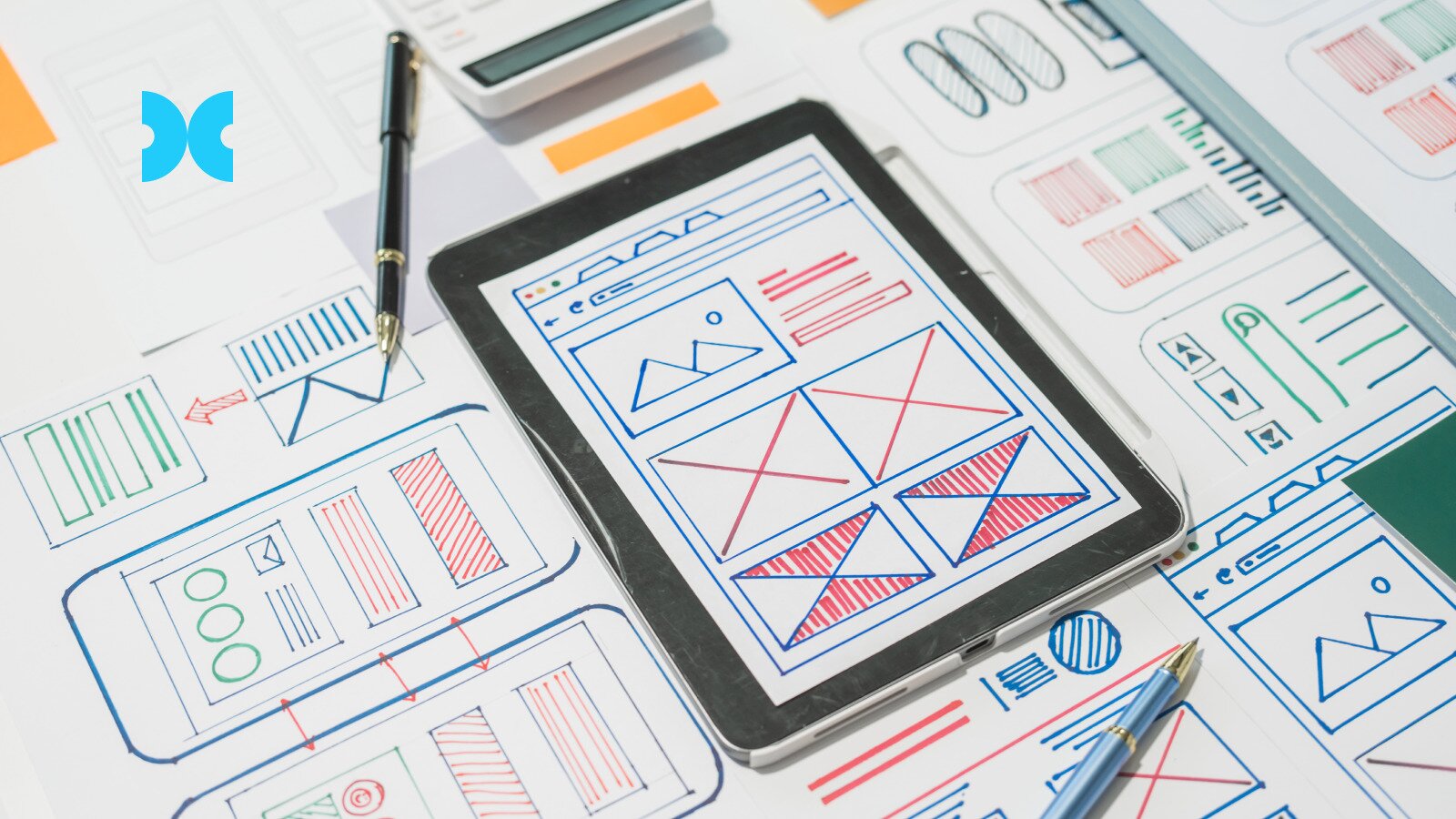Nate Clinton works as the Managing Director for Cooper in their San Francisco studio. Before Cooper, Nate has held product and design leadership positions at StarMine, Thomson Reuters, and BuildZoom. As a consultancy Cooper leads initiatives in content creation, business development, and creative leadership. They regularly tackle the challenge of assessing and communicating the value of design to their clients. In this session Nate describes why he thinks previous attempts to measure the ROI of design have failed, and how to make better trade-off decisions between design and other aspects of the product.
Measuring "Intangibles"
Gauging the return on investment for design is notoriously difficult. Nate argues that there is no convincing experiment that shows what would have happened if you had not invested in design. (Though he's opened to suggestions!) But it's very easy to see the costs involved. Whether design costs £1k or a few £100k, someone will give you an invoice for it.
For Nate, it's a misleading question. It is possible to proceed and succeed without designer. Customer-centric roles can make decisions on what would work best for a user- only without the same type of tools and design discipline. But it's important to remember that they are still be making design decisions. Even if a visual design is not explicitly specified for a feature, engineers will end up designing as a byproduct of engineering. The question instead is what is the difference in the ROI of Bad or Ignorant Design vs Good Design.
Informed v.s. Ignorant Design
Bad design, states Nate, is pure opportunity cost, customer engagement, adoption. You'll see deals that you are losing that you might have won. Investing in bad design increases the chances you'll fail. If you invest a little more in a high quality designer and give them more time to understand the brief, you can achieve exponential results. He argues that you could AB test your way to a local maximum, but quality design is a way to leapfrog and get out of that local optimisation and into something new. That said, Nate does add a disclaimer that there is an optimal level of investment and after this point you'll see a drop off in results.
Nate, in his talk and the following Q&A, discusses how you communicate the importance of design. It's important to maintain a design process that increases predictability, repeatability and visibility. As design becomes more adhoc and unpredictable, it feels more risky for your stakeholders to invest in. He also finds it important to give your designers a voice – make a space for them in your company and empower your whole team to be design conscious. This talk leaves us with two important questions that we all need to ponder:
How do you make decisions about how much to invest in decision? And how do you measure the impact of design?






